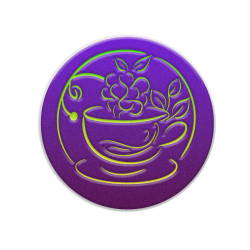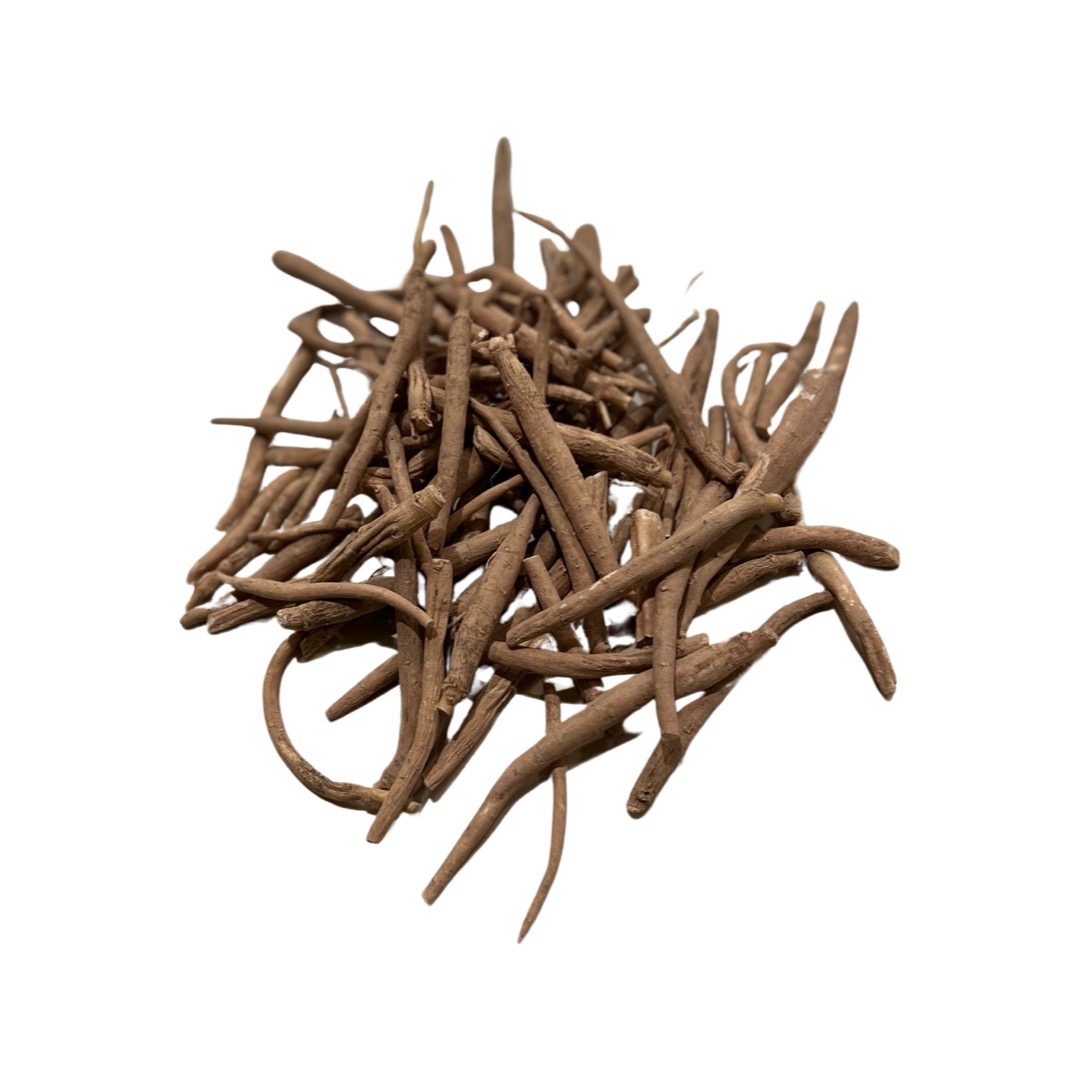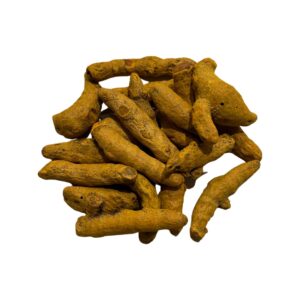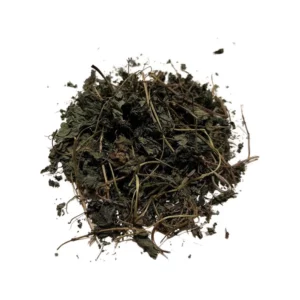ENERGETICS
Rasa (taste) Bitter, astringent, sweet Virya (energy) Heating Vipaka (post-digestive effect) Sweet Guna (quality) Light, unctuous Dosa effect VK Dhatu (tissue) Blood, muscle fat, bone, nerve, reproductive Srotas (channel) Reproductive, nervous, respiratory
CONSTITUENTS
Alkaloids
Ashwagandhine,
withanine,
isopelietierine,
anaferine Sterodial lactones Withanolides,
sitisterol Saponins Iron
(Bone 1996, Williamson 2002)
AYURVEDIC ACTION
Visaya Increases sexual potency
Balya Increases strength
Medhya Promotes Intellect
Ojas vardhana Increases ojas
Nidrajanana Promotes sleep
Sukrala Increases sperm production
Sothahara Prevents consumption and wasting diseases
Rasayana Rejuvenative Vatakaphahara Reduces kapha and vata
Vedanasthapana Reduces pain
Svasa Benefits breathing
BIOMEDICAL ACTION
Adaptogen, tonic, anti-inflammatory, immounomodulator, antitumour, nervine, mild sedative, analgesic, reproductive tonic, aphrodisiac, antianaemic
INDICATIONS
Tissues
Debility, low body weight, emaciation, deficient haemoglobin, anaemia, post-convalescent weakness, athletic exertion, and with caution in pregnancy. It is useful for any imbalance in the muscles as it both reduces inflammation and strengthens muscle tone. It is a specific rasayana for mamsa dhatu and it is an anabolic muscle builder (Caraka, Bhavapraskasa, Venkataraghavan et al 1980) As it benefits all muscle tissue it is used as a heart tonic, uterine tonic and a lung tonic, as well as for increasing muscle weight and tone in convalescents, slow-developing children and the elderly.
Immunity
Auto immune conditions, neutropenia, rheumatoid and osteoarthritis, cancer and chronic connective tissue disorders. As a painkiller and anti-inflammatory it is commonly used in swollen or painful arthritic conditions. It can strengthen a weakened immune system and protect it from becoming
depleted due to immunosuppressive drugs or lifestyle. It appears to have both immunosuppressive and immunotonic abilities and it is therefore a ‘true’
adaptogen (Tillotson 2001)
Lungs
Asthma, cough and allergic conditions from low immunity with high kapha and vata. Useful in hayfever, allergic rhinitis from aggravated vata and kapha.
Nerves
Neurosis, Insomnia, anxiety, excessive thinking, ‘hyper’symptoms and attention deficit and hyperactivity disorder (ADHD). Very useful in all conditions caused by ‘stress’ as it has a specific affinity for the majja dhatu and helps to regulate the movement of vyana vayu in the heart. Its tropism for the nervous system benefits multiple sclerosis (Tillotson 2001). It both relaxes frayed nerves and tonifies the central nervous system to enhance tolerance to stress. It is a nourishing nervine as opposed to a heavy sedative.
Reproductive
Its rejuvenating effect on sukra dhatu helps to alleviate asthenospermia (increasing sperm mobility), oligospermia (increasing sperm count) and poor sexual performance, and helps to reduce impotence (Bhavaprakasa, Paranjpe 2001). Its unique action or prabhava is to promote sexual potency and sperm production. External application of ashwagandha oil is used for impotence.
Gynaecology
Excellent tonic to the uterine muscles. Used in menstrual imbalance caused by a deficient condition with an aggravation of vata and uterine spams; dysmenorrhea, amenorrohea, weakness. Thyroid Very useful in hypo-thyroid disorders to regulate thyroid activity
CONTRAINIDICATIONS
Caution un excess pitta and ama with congestion. Caution in pregnancy; although traditionally used in India during pregnancy to strengthen the uterus and health of the mother and child. Its spasmolytic activity on the uterus has lead certain quarters of Western phytotherapy to restrict its use in pregnancy (see McGuffin et al 1997).
SAFETY
No drug-herb interactions are known. There are some theoretical interactions between ashwagandha and immunosuppressant , thyroid and some sedative medications, but these are not evidence based (Braun & Cohen 2003, 2004, Harkness & Bratman 20003). As ashwagandha appears to have some hypoglucaemic activity in humans it is advisable to monitor glucose in susceptible individuals (Low Dog 2002).
DOSAGE
3-9g per day dried root or 6-15ml per day of a 1:3 @ 45% tincture.





Reviews
There are no reviews yet.